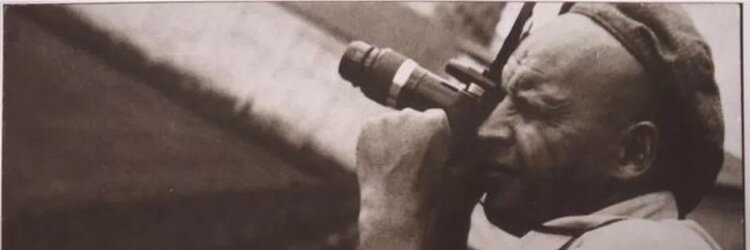How can I tell if a photo is fake?
The question is not about Photoshop, but about the falsification of original photos.Fakes of old masters ' paintings are more widely known in the world: and, in principle, it is clear how falsification can be determined in this case. Are there any basic steps to determine that this is an original photo image and not a fake?

It is not entirely clear why this is necessary. For example, one photographer saw a very interesting landscape retouch in the style of CityScape on the Web. Having a slightly larger idea of retouching, I went and took my picture from the same place, retouched it in a similar way and also posted it on the network. By law, the copyright belongs to the one who managed to register their method / style accordingly. You can certainly prove in court who was the first, but this requires a RAW file, or a raw JPG on a flash drive. The metadata should be saved on it. Or something to get into the frame for example. a clock with the date and time on a nearby building in the background. Or building a distant object. With some new original technique when shooting and retouching composites, portraits, subjects, etc. even more difficult. But even here you can prove it if you provide a correspondence online that specifies the date and method described. It is necessary to give how your method was developed, what it was based on, and a “raw”, incomplete version of the new technical technique. Everything from start to finish. And then you have a chance to win in court. But all this is difficult and problematic, and it is necessary to order expert examinations, the conclusions of which would be legitimate in court.
Good afternoon!
In photography, such a concept as “fake” is not used, there is illegal copying, replication, and so on, associated with not making a profit.
An original image is any state of a photo image at any stage as long as it belongs to the author. Therefore, there is no point in falsifying the image itself. Rather, there is an imitation of the artist's style, handwriting, and processing style, and this really becomes a problem.